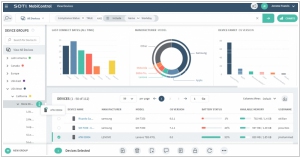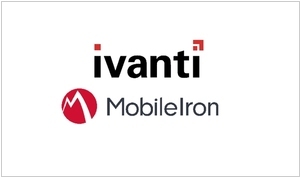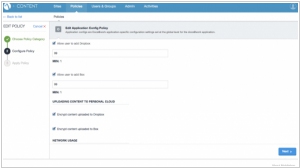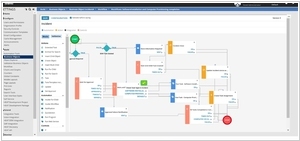Ivanti Neurons vs SOTI
August 21, 2023 | Author: Michael Stromann
13

SOTI MobiControl makes Enterprise Mobility Management (EMM) easier than ever before. It empowers companies to securely manage any device or endpoint with any form-factor and any operating system throughout their entire lifecycle; from deployment to retirement. It controls all aspects of business mobility, from tracking physical assets to managing applications and content, all while keeping devices and data safe and secure.
Ivanti Neurons and SOTI are both prominent players in the realm of IT management and endpoint security solutions, catering to businesses seeking streamlined control over their digital infrastructure. Ivanti Neurons distinguishes itself with its emphasis on automation and intelligence-driven operations, utilizing AI-powered insights to enhance IT efficiency and user experience. On the other hand, SOTI focuses on comprehensive mobile device management, offering a robust platform for businesses to manage, secure, and optimize their mobile endpoints. While Ivanti Neurons showcases a broader scope of IT management, SOTI stands out with its specialization in mobile-centric solutions, allowing organizations to tailor their approach based on their specific operational requirements.
See also: Top 10 MDM software
See also: Top 10 MDM software
Ivanti Neurons vs SOTI in our news:
2020. Ivanti has acquired MDM provider MobileIron

Ivanti, an IT security software company, has successfully completed the acquisition of MobileIron, an Enterprise mobile security firm, at a valuation of $872 million. The MobileIron platform was specifically designed to enhance the security and administration of corporate information in an environment where individuals utilize mobile devices and contemporary endpoints to access cloud data. Established in 2007 by Ajay Mishra and Suresh Batchu, MobileIron introduced the industry's pioneering mobile-centric, zero trust platform grounded in a unified endpoint management (UEM) framework. This distinctive mobile-centric, zero trust methodology from MobileIron guaranteed that solely authorized users, devices, applications, and services had the ability to reach business assets. The company made its initial public offering in 2014, trading on the stock exchange under the symbol MOBL.
2015. MobileIron introduced new Content Security Service for BYOD world

MobileIron has recently introduced its Content Security Service (CSS), which serves as a cloud-based security framework for IT departments. This service enables IT administrators to implement document-level protections across multiple services, even when employees save documents to personal accounts. With CSS, IT administrators can exert control over document security independently from the storage service used. They can set document security measures based on their preferences within a control panel and select the desired services to include. Initially, the service supports popular platforms like Dropbox and Box. The Content Security Service provides robust security measures at various levels. It offers encryption and key management to ensure data protection. It also includes essential data loss prevention (DLP) features such as remote wiping, document expiration controls, and options for saving and sharing. Additionally, an audit trail feature is available to facilitate compliance adherence. Moreover, the service allows for the sharing of encrypted files internally with teams and other employees, enhancing secure collaboration within the organization.




